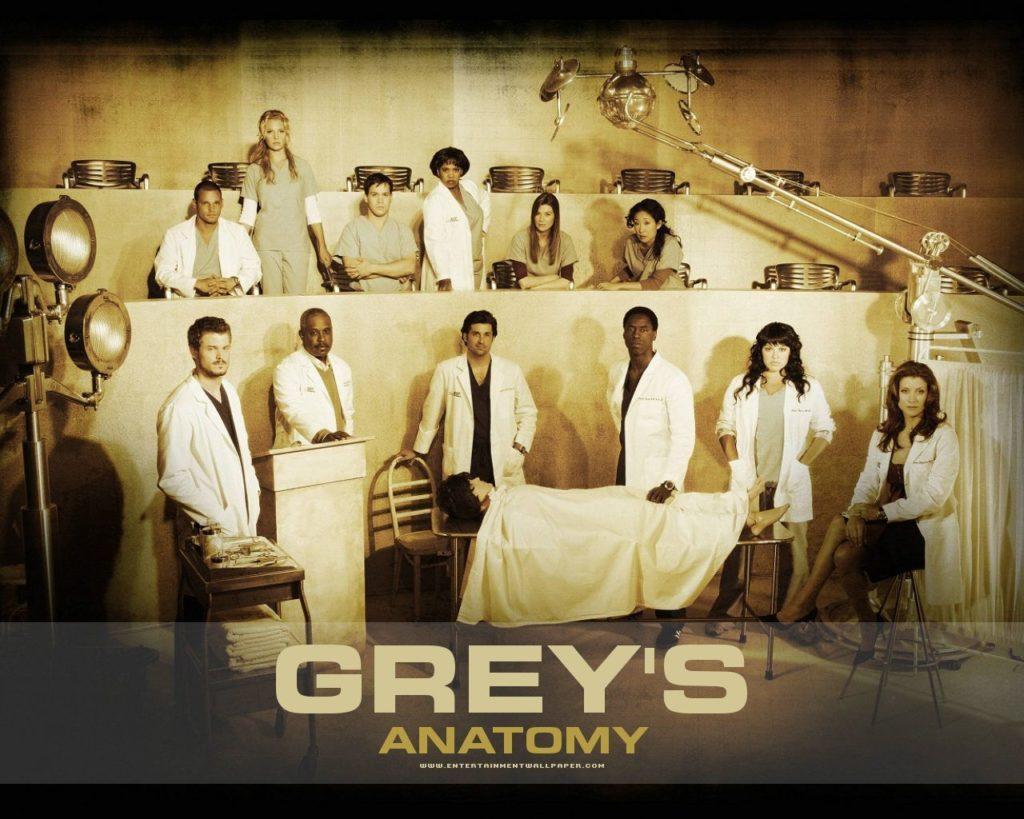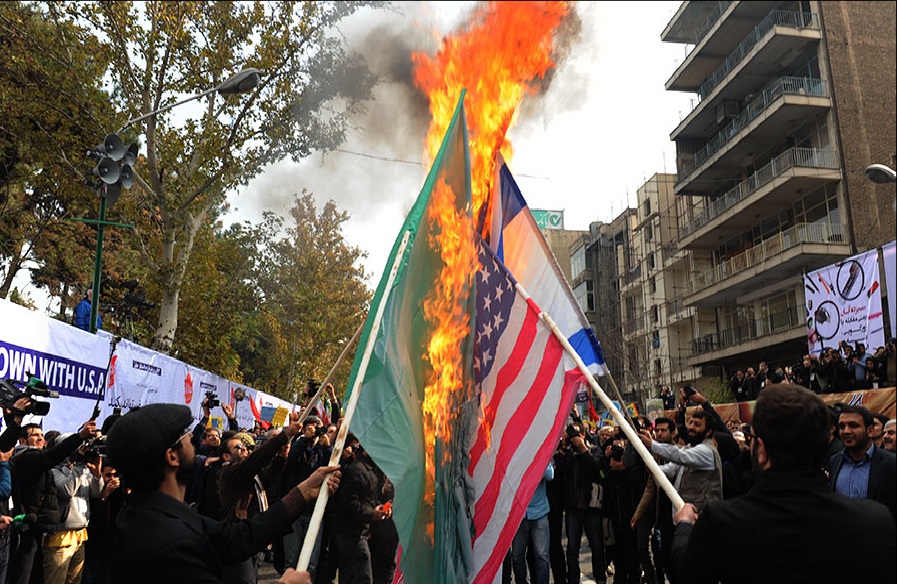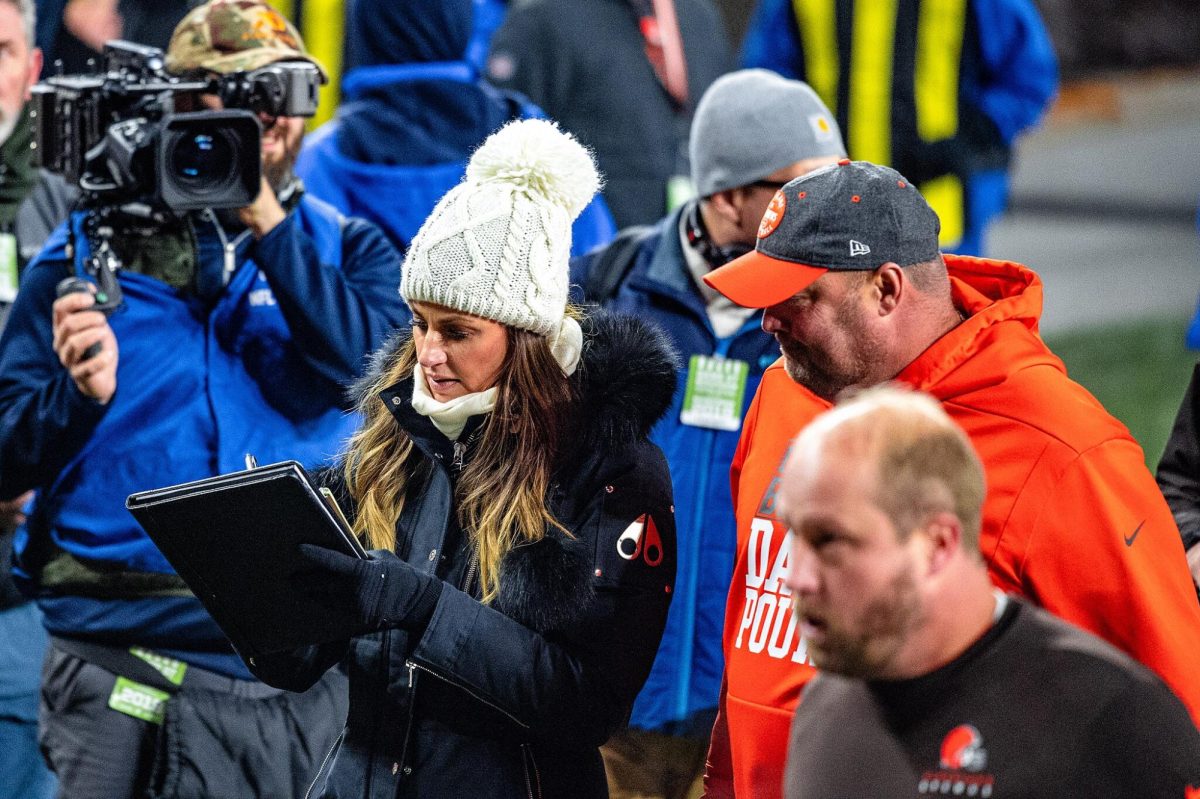America prides itself on being a country made up of immigrants, being diverse and welcoming of diversity, but as racially diverse as the country may be, and becoming more so every year, America lacks integration. In a country consumed by the media, there is no place this is more evident than in the film industry.
Film has always served as a reflection of, and commentary, on society. What is reflected in American film is that white is still the dominant race and minority groups still take a backseat.
All the ways in which the film industry has disparities in racial diversity and integration cannot be addressed in a mere couple hundred words, so for no other reason than simplicity’s sake, let’s use film awards as mode of recognition.
When you watch a movie, or television for that matter, you can typically count the number of black actors on both hands, if not one. With this being the case, how many black actors do you think have been recognized for their work in film? Well, in the history of the Academy Awards, only 14 have been given to black actors and actresses (twice to Denzel Washington).
This 2014 awards season has been heralded as one of the most diverse in terms of its roster of nominees, with films such as “12 Years a Slave,” “Fruitvale Station,” “Mandela: Long Walk to Freedom” and Lee Daniels’ “The Butler” being nominated and receiving a few major awards.
Many black actors and black focused films that have received high awards have done so for period pieces depicting slavery, racism or discrimination against blacks, or stereotypical depictions of black people. Although these films are beautiful and powerfully written and produced, it goes to show there is little room in film for blacks outside of token roles.
The lack of award wins on behalf of blacks and other minority groups, and general representation of them lies in two things: a lack of roles created for minority groups in film and a lack of roles that are racially ambiguous.
In the world of showbiz, television seems to be the place where minority actors can have a chance to shine and where some big name actors have turned.
TV has brought us hits like “Saved by the Bell,” “The Cosby Show,” “Living Single,” “That’s So Raven,” “Ugly Betty,” and others.
ABC is a leader in racially diverse scripted TV show casts, especially shows created by color-blind-casting writer and producer Shonda Rhimes. Her show “Grey’s Anatomy,” and more recently “Scandal,” are ABC’s highest rated scripted shows. “Private Practice,” another Rhimes show which wrapped in January 2013, also raked in ratings with its diverse cast.
NBC, CW, CBS and Fox have followed ABC’s lead in developing shows with racially diverse casts, or at least depict a minority group.
NBC is introducing a thriller called “State of Affairs” starring Alfre Woodward, a black female president, and Katherine Heigl, her almost daughter-in-law.
CW is bringing on a Latin-led show called “Jane the Virgin,” incorporating three generations of Latino women.
CBS’s “Extant,” a science fiction show, stars Halle Berry, who is also the shows executive producer. Additionally, CBS is premiering the crime thrillers “Stalker,” which stars Asian-American actress Maggie Q, and “Scorpion,” with British actor Elyes Gabel, of Middle Eastern and Indian descent.
Fox is bringing on a Lee Daniels creation, “Empire,” which stars Award winning actor, Terrance Howard. The network is also introducing “Red Band Society,” which co-stars Academy Award winner Octavia Spencer. Fox is bringing Seth MacFarlane’s animated series Bordertown, a comedy centered on Mexican-US immigration issues.
Fox is also home to the popular comedy “The Mindy Project,” which focuses on an Indian-American doctor as she navigates her way through life and the workplace.
These networks have shown that minority groups can play roles other than that of those dependent on their race. The film industry would do well to take note from the progressive visionaries of television and develop productions with racially ambiguous roles in mind. And both the film and television could benefit from more minority writers.
Photo courtesy Creative Commons.









